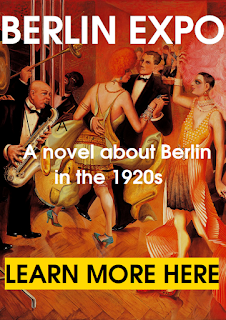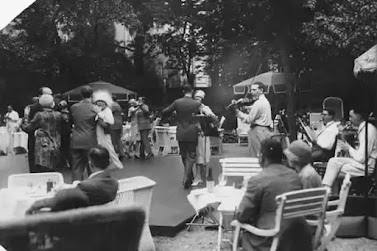Grand Hotel Esplanade, on Bellevue Strasse, close to the Potsdamer Platz, was among Berlin’s most famous during the Golden Twenties. It was largely destroyed during World War II in a bombing raid.
The Esplanade Hotel was built to be a luxurious hotel — fit with 400 rooms suited for aristocrats, a winter garden, and banqueting halls. The Emperor's Ballroom (Kaisersaal), buried for many years in the hotel's ruins, has been restored and is now a high-end restaurant in a neo-rococo look integrated in the modern Sony Center. It was in this feudal ambience that Germany's last emperor, Wilhelm II used to dine. It is worth to note that also Hotel Adlon had a Kaisersaal. Grand Hotel Esplanade was the heart of social life in the Berlin of the 19th century. Wilhelm II, the last kaiser, frequented the place and is said to have spent many evenings there with other gentlemen (no women were allowed).
In the 1920s, stars like Charlie Chaplin and Greta Garbo stayed here. Billy Wilder is said to have worked here as a so-called Eintänzer (taxi-dancer) before the beginning of his career, Marek Weber played with his orchestra to dance.
The hotel was popular among nostalgics of the Kaiser; management refused to raise the black, red and gold flag of the Weimar Republic out of consideration for those guests. Aafter 1933 it was avoided by Nazi bigwigs; Albert Speer even announced it would be demolished. Nazis and monarchists were not necessarily good friends and Hitler was contemptuous of aristocrats.
Before the attempt to kill Hitler of 20 July 1944, the conspirators (among whom there were aristocrats, probably monarchists) met several times at Hotel Esplanade and it was there they awaited the (unhappy) outcome of the attack.
The hotel stood next door to the
infamous Volksgerichtshof, the People's Court as the Nazi called it.
In 1922 Foreign Minister Walter
Rathenau held his last meeting with German industrialists at the hotel
only a few hours before his assassination by extreme right thugs.
 |






















